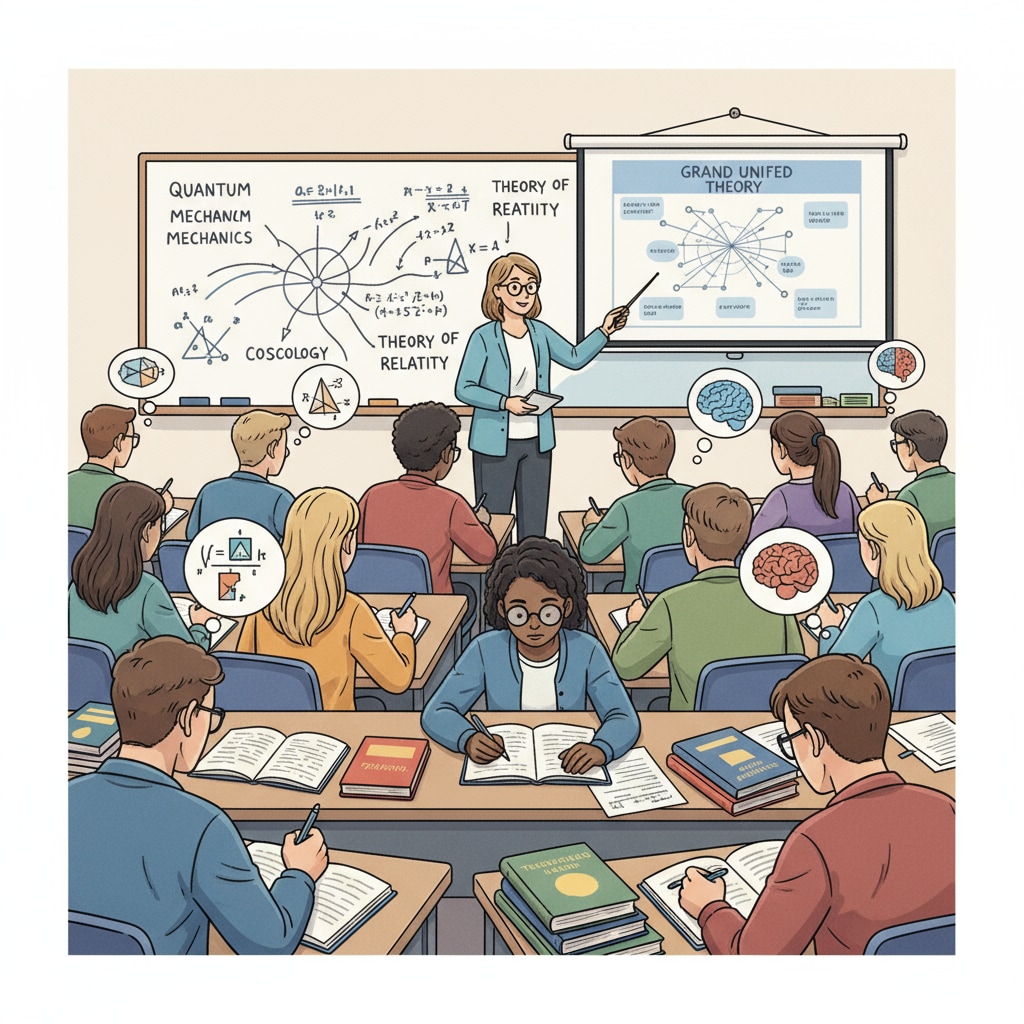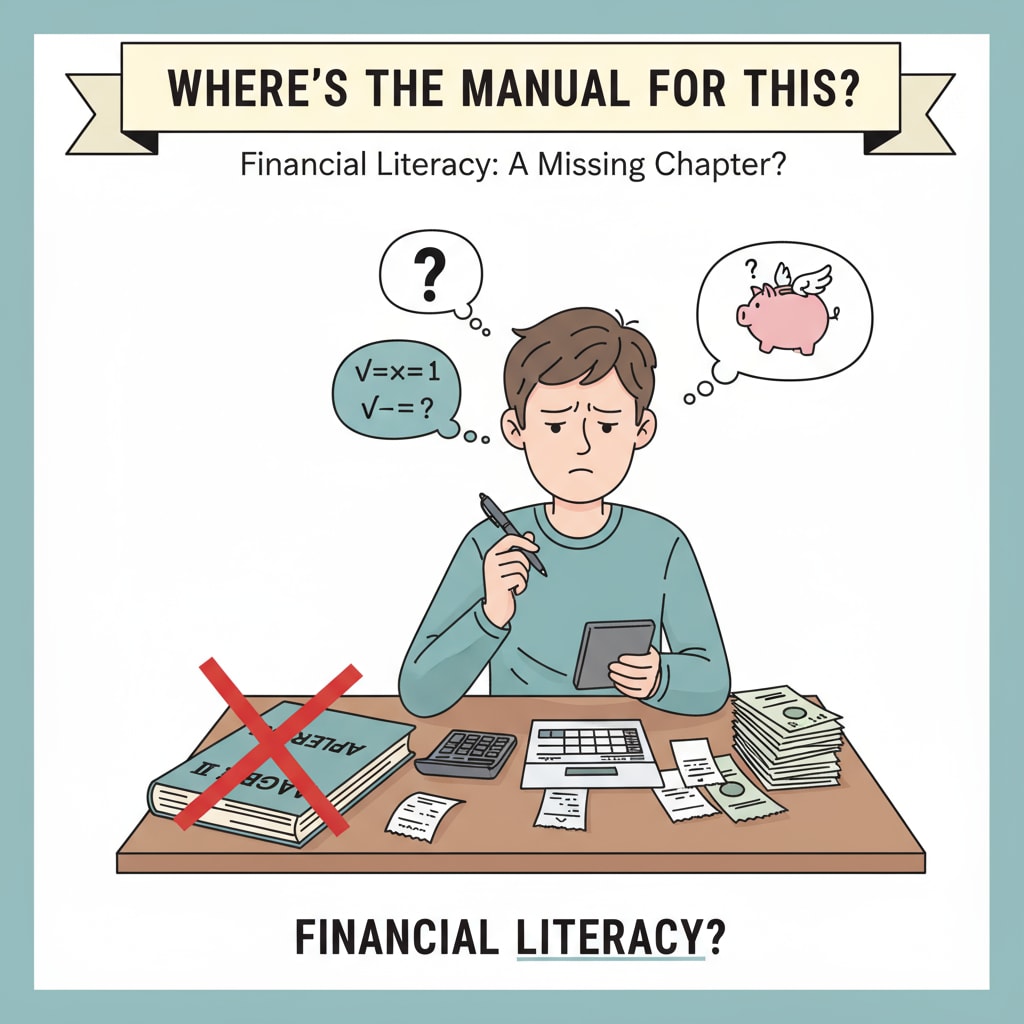School education, practical skills, and life abilities are fundamental aspects of an individual’s development. However, in the current K12 education system, a significant disconnect exists. Many students, upon graduating with academic degrees, realize that the most crucial skills for work and daily life are often acquired outside of school. This raises important questions about the effectiveness of our educational approach.

The Root Causes of the Disconnect
One of the main reasons for this disconnect is the overemphasis on academic performance in K12 education. The curriculum is heavily centered around standardized tests and academic subjects such as math, science, and language arts. As a result, practical skills like financial literacy, home management, and interpersonal communication are often overlooked. For example, according to Britannica, traditional education models have long prioritized rote learning over hands-on experience, leaving students ill-prepared for real-world challenges.
The Impact on Students
This gap between school education and practical skills has a profound impact on students. When they enter the workforce or face real-life situations, they may struggle to apply their academic knowledge. They lack the confidence and competence to handle tasks such as managing personal finances, fixing common household problems, or working effectively in a team. For instance, a recent study by National Center for Education Statistics shows that many graduates feel inadequately prepared for the practical aspects of their jobs.

To address this issue, educational reform is essential. We need to revise the K12 curriculum to include more practical courses. These could range from basic life skills like cooking and sewing to more complex ones like entrepreneurship and digital literacy. Additionally, schools should collaborate with businesses and community organizations to provide students with hands-on learning opportunities. By doing so, we can better equip students with the skills they need to thrive in real life.
Readability guidance: The text uses short paragraphs to clearly present ideas. Each H2 section has a list of key points. Passive voice is minimized, and transition words like “however”, “for example”, and “additionally” are used to enhance flow.


